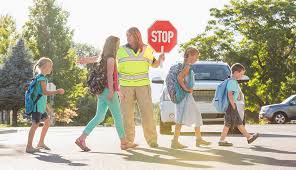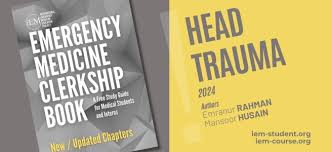School zones are high-traffic areas filled with young pedestrians, buses, and parents dropping off or picking up their children. Ensuring safety in these areas is crucial to preventing accidents and keeping students protected. Whether you’re a driver, parent, or pedestrian, following these school zone safety tips can help create a safer environment for everyone.
1. Slow Down and Obey Speed Limits
School zones have reduced speed limits for a reason. Slower speeds give drivers more time to react to sudden movements by children crossing the street. Always follow posted speed limits and be prepared to stop at any moment.
2. Avoid Distractions While Driving
One of the most important school zone safety tips is to stay completely focused when driving near schools. Avoid texting, adjusting the radio, or engaging in any other distractions. Children can be unpredictable, and even a moment of inattention can lead to serious consequences.
3. Follow Crossing Guard Instructions
Crossing guards play a vital role in keeping kids safe. Always obey their signals and instructions, stopping completely when directed. Never attempt to drive around a stopped school bus or crosswalk while children are crossing.
4. Watch for Pedestrians at Crosswalks
Many children may not be fully aware of traffic rules, so it’s up to drivers to remain cautious. Always yield to pedestrians in crosswalks and be extra vigilant near school entrances, sidewalks, and intersections.
5. Never Pass a Stopped School Bus
School buses use flashing lights and stop signs to indicate when children are boarding or exiting. Passing a stopped school bus is illegal in most areas and can be extremely dangerous. Always stop at a safe distance and wait until the bus resumes motion.
6. Use Extra Caution in Bad Weather
Rain, fog, or snow can make school zones even more hazardous. Reduced visibility and slippery roads require drivers to slow down even more and stay alert for students who may be rushing to school.
7. Drop Off and Pick Up Safely
If you’re a parent, follow designated drop-off and pick-up procedures set by the school. Avoid double parking, which can block visibility for other drivers and pedestrians. Make sure children exit the vehicle on the sidewalk side to avoid stepping into traffic.
8. Teach Kids About Road Safety
Children also play a role in their own safety. Parents and teachers should educate kids about using crosswalks, looking both ways before crossing, and avoiding distractions like phones while walking. Encouraging safe pedestrian habits can prevent accidents.
9. Be Mindful of Bicyclists
Many students ride their bikes to school, and they can be harder to spot than pedestrians. Always check for cyclists before turning or opening car doors. If you’re driving behind a bicyclist, give them enough space and be patient.
10. Stay Patient and Courteous
School zones can be busy and stressful, but patience is key to preventing accidents. Avoid honking, aggressive driving, or rushing through school zones. A few extra minutes of caution can make a big difference in keeping kids safe.
Final Thoughts
By following these school zone safety tips, drivers, parents, and students can work together to create a safer environment for children traveling to and from school. Road safety requires awareness, responsibility, and respect for the rules designed to protect young lives. Every effort counts when it comes to keeping our roads safe for studen
Would you like me to tailor this article for a specific audience, such as parents, school administrators, or law enforcement?




